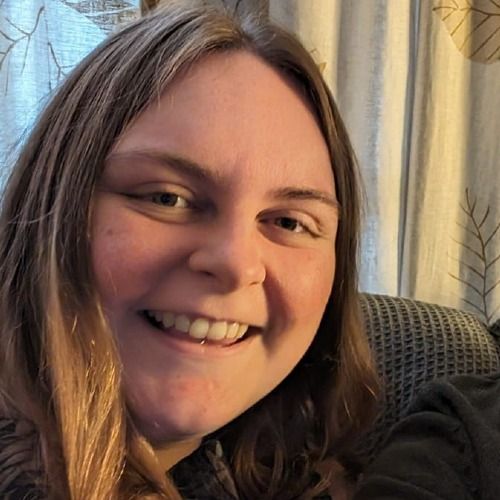Episode 45
Witchy Whispers: The Wild Confessions of Isobel Gowdie
Get ready to dive into some seriously wild history because we’re about to spill the beans on Isobel Gowdie, a lady straight out of the Scottish Highlands, who dropped some jaw-dropping confessions about witchcraft back in 1662. This isn’t your run-of-the-mill ghost story, folks; Isobel laid down some real talk about her secret coven meetings, shape-shifting, and chilling with fairies! Like, can you believe she claimed to fly through the air and mess with crops? Talk about a magic show! But here’s the kicker—her confessions weren’t under pressure or torture; she just let it all out, and her words give us a peek into a world where witches were more like healers than evil doers. So grab your snacks, kick back, and let’s unravel this captivating tale that’s been echoing through the ages!
Takeaways:
- This episode dives into the mind-blowing confession of Isobel Gowdie, a witch from the Scottish Highlands.
- Isobel's unique story reveals the blurred lines between witchcraft, healing, and Highland folk beliefs.
- Her wild claims included chatting with fairies and flying through the air—seriously, how cool is that?
- Unlike typical witch trials, Isabel's accounts showcase a rich tapestry of local magic and spiritual life.
- The fate of Isobel Gowdie remains mysterious—did she face execution or somehow escape the noose?
- Her tale is a haunting reminder that some stories are not just folklore—they're echoes of real lives.
Transcript
Hello, and welcome back to Bitesized Folklore, where real myths, legends and strange truths are told in under 10 minutes. I'm Jodie. And today's episode isn't just a ghost story or a tale whispered around fires.
ighlands, all the way back in:She lived near Auldearn in Nairnshire, and what she said, under no torture, would leave behind some of the most vivid accounts of witchcraft and fairy belief in the entirety of Scottish history. This is her story.
In the spring of:Her confession came not under duress, not at the stake, but through four separate voluntary statements, all recorded in the local Kirk session records. And what she described was astonishing. Isabel claimed that she and a group of women met regularly in secret covens.
They danced, sang and met with a figure she called the Black Man, a representation of the devil. But her accounts go far beyond standard witch trial tropes. She spoke of shape shifting, saying that she could turn into a hare or a cat with charms.
She spoke of flying through the air with magical incantations and cursing crops and blessing others, and perhaps most uniquely, visiting the realm of the fae. Isobel claimed to have entered the fairy hill of the Queen of Elphame, a realm where food never spoiled and time flowed differently.
There, she spoke with fairies, danced and watched otherworldly banquets. To Isobel, the fairies were real, tangible and part of her magical world.
What makes Isobel's confession different from many other witch trials is that her worldview seems rooted in traditional Highland folk beliefs, not just the stereotypical devil worship narrative imposed by prosecutors. In the 17th century Scottish Highlands, people believed in second sight or clairvoyance fairies, spirit charms and protective magic.
Witches were not always seen as purely evil. They were often healers, charmers or even curse breakers. The line between folk healer and witch was often dangerously thin.
Isabel's language suggests she practiced a kind of hedge magic. Working at the boundary between this world and another.
She called down spirits, new protective chants and described rites involving bones, herbs and spoken charms.
Whether you believe she made it up, experienced hallucinations or was describing genuine inherited traditions, her testimony opens up a rare window into the vernacular magic of the Scottish Highlands. So what happened to Isobel Gowdie? Honestly, we don't know.
There's actually no official record of her execution, which is unusual for a woman who confessed so freely and vividly to witchcraft. Some historians believe she was executed quietly, and others believe her confession may have saved her from death. But her words have lived on.
They were rediscovered in the 20th century by folklorists and historians. And today she is studied not just as a witchcraft suspect, but as a cultural witness.
A woman who, for a brief moment, spoke aloud the hidden spiritual life of her time and place. Isobel Gowdie has become a symbol. For some, she is a victim of fear and patriarchy. For others, a priestess of a fading tradition.
Of her folklorists, she is a rare and precious voice. Her chants, her visions, her poetry of the unseen, they all come to us across the centuries, still strange, still wild, and very much still echoing.
of Isobel Gowdie, recorded in:If this tale moved you or made you curious, consider reading more from the historical record or even visiting the quiet hills near Nairn where her story first took shape. Until next time, stay curious, stay grounded and remember, some stories are not invented, they're remembered.




